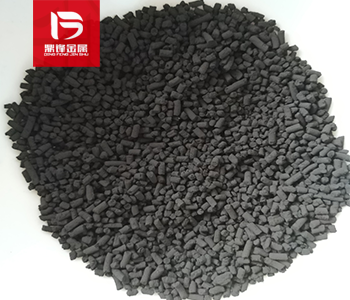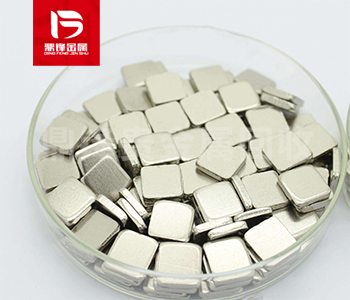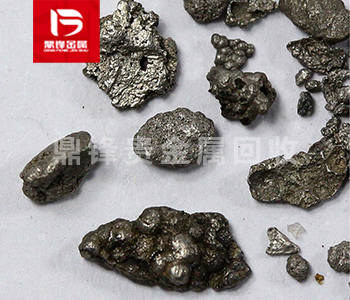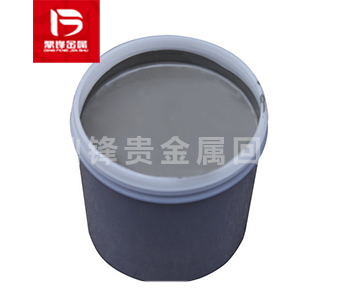Palladium Acetate Recovery: Methods and Technologies for Recycling Palladium Acetate Waste
Palladium acetate (Pd (Ac) 2) is widely used in organic synthesis, electronics, chemical analysis, and other fields due to its excellent catalytic performance. However, with the growth of its demand,
Palladium acetate (Pd (Ac) 2) is widely used in organic synthesis, electronics, chemical analysis, and other fields due to its excellent catalytic performance. However, with the growth of its demand, the global reserves of palladium are decreasing, and the recovery and reuse of palladium acetate has become particularly important. Traditional palladium recovery methods have many limitations, such as high cost, low recovery efficiency, and negative environmental impacts. Therefore, it is imperative to find innovative methods and technologies for the recovery of palladium acetate.
1、 Recovery method of palladium acetate
1. Solvent extraction method: Solvent extraction method is a common and cost-effective method for recovering palladium acetate. This method is based on the affinity difference between palladium acetate and organic solvents. Usually, palladium acetate forms a complex with a ligand in an organic solvent, and then palladium acetate is extracted through steps such as separation and recrystallization. Commonly used organic solvents include alcohols, ketones, and ethers. This method has the advantages of simple operation, high recovery efficiency, and suitability for large-scale production.
2. Ion exchange method: The ion exchange method utilizes the characteristics of ion exchange resins to recover palladium acetate. Palladium acetate can be efficiently recovered from waste liquid through selective adsorption and elution steps. The ion exchange method has the advantages of good selectivity, high recovery efficiency, and reusability. In addition, this method can also adapt to the recovery of palladium acetate under different concentrations and pH conditions, with high adaptability.
3. Electrochemical method: Electrochemical method is a green and efficient technology for recovering palladium acetate. This method is based on an electrochemical reaction to reduce palladium acetate to metallic palladium and deposit it on the electrode. Electrochemical methods can achieve efficient recovery of palladium acetate by adjusting potential, controlling current density, and electrolyte composition. This method has high selectivity and controllability, and can achieve high-purity palladium acetate recovery without generating harmful waste.

2、 Palladium Acetate Recovery Technology
1. Membrane separation technology: membrane separation technology is a separation method based on Semipermeable membrane, which can be applied to the recovery of palladium acetate. By selecting appropriate membrane materials and operating conditions, effective separation and concentration of palladium acetate can be achieved. This technology has the advantages of high efficiency, energy conservation, no need for chemical reagents, and environmental friendliness.
2. Biotechnology: In recent years, biotechnology has shown potential in the recovery of palladium acetate. Some microorganisms and enzymes can react specifically with palladium acetate to convert it into a recyclable form. This Biotransformation method has the characteristics of high selectivity, low energy consumption and environmental friendliness. Although this technology is still in the research and development stage, its potential application prospects are expected.
The recovery of palladium acetate is crucial for resource conservation and environmental protection. Traditional recycling methods have some limitations, while innovative recycling methods and technologies provide new solutions. Solvent extraction method, ion exchange method, electrochemical method, membrane separation technology, and biotechnology all have their own advantages, which can achieve efficient, economic, and environmentally friendly recovery of palladium acetate. Future research and development should focus on further improving recycling efficiency, reducing costs, and exploring more innovative recycling technologies to achieve sustainable utilization of palladium acetate resources.
&Quot; Dingfeng Precious Metals Recycling includes precious metals such as gold, silver, palladium, rhodium, platinum, germanium, iridium, ruthenium, etc. This is our business in precious metal recycling. If you have precious metals such as gold, silver, palladium, rhodium, platinum, germanium, iridium, ruthenium that need to be recycled, please contact us and we will provide you with a satisfactory price& Quot;










